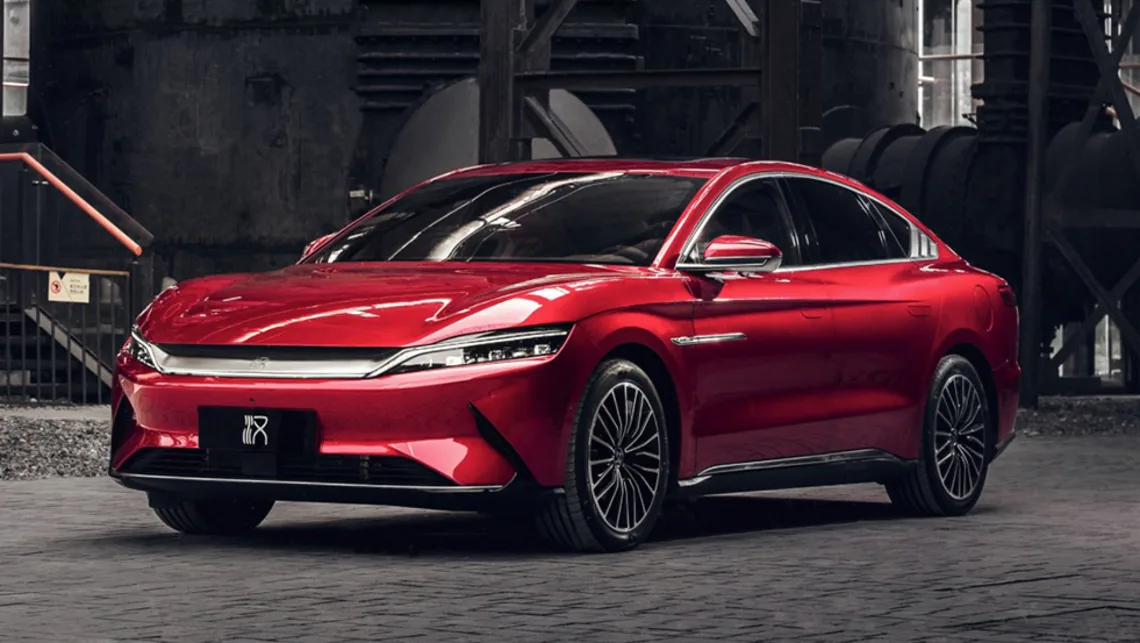China and electromobility: looking ahead to 2022 and beyond
China's electric car market appears to be continuing to grow strongly. However, not quite as strong as it probably hoped for itself.
The passenger car market there has suffered significantly from Covid-19 and its handling of it. On the positive side, New Energy Vehicles - NEVs - (PHEVs and e-cars) fared much better than internal combustion engines. And yet 2022 was anything but a showcase year for e-mobility in China.
The China Passenger Car Association (CPCA) published a classification of the market there at the end of 2022. However, at that time it still referred to the final sales figures from November of the same year. Sales of New Energy Passenger Vehicles (NEV) in China reached 728,000 units in November, up 70.2 percent year-on-year and up 7.7 percent from October. In December, initial estimates indicate that sales of these vehicles also exceeded 700,000 units.
This growth is positive in that China has halved the purchase tax (to 5 percent) on internal combustion vehicles, making them more attractive again. Sales of NEVs remained unaffected by this. They improved even further, exceeding expectations. From January to November, 5.74 million NEVs were sold in China, 105 percent more than in the previous year.
In 2021, NEV sales volume was 3.31 million units, up 183 percent year-on-year. Based on the year-on-year comparison, it can be seen that e-cars as well as plug-in hybrids are being embraced by the Chinese market. In November, their share of total sales was around 36 percent in China. This was due to their growth as well as a slump in demand for combustion engines. As well as the expiring subsidies for PHEVs and e-cars, which were only valid in full until the end of 2022.
This also plays into the fact that international automakers are making a determined shift to NEVs. They are also increasingly moving away from PHEVs to pure e-cars, which are also finding sales in China. Chinese automakers, such as BYD, have accelerated their transition to NEVs in 2022, with their strong growth exceeding market expectations. BYD sold 911,140 BEVs in 2022, 402,711 fewer than Tesla.
Especially in the part-time electric vehicle environment, Chinese brands are ahead in sales. International manufacturers have little market share in this segment. This is partly due to the political support that PHEVs enjoy over internal combustion vehicles. As well as the fact that international OEMs mainly put pure e-cars on the road in China and fewer plug-in hybrids.
Despite the policy support that internal combustion vehicles received in the second half of the year, their sales in 2022 were disappointing, due to the severely weakened purchasing power in the market. This led to NEV models topping the list of passenger car sales in 2022, led by the Wuling Hongguang Mini, Tesla Model Y and BYD Song in the January-November period.
